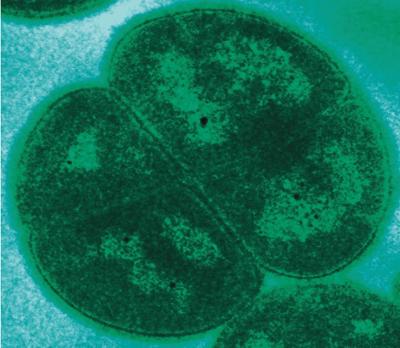Finding life in all the wrong places

You don’t need to go into space to find some remarkable living creatures who make Bear Grylls look like a pansy. In fact simple life can live in the most bizarre conditions, writes John Holden.
Extremophiles are simple life forms, usually bacteria, found in places that often lack some of the basic constituents previously thought essential for life to exist.
The combination of improved research methods and ever advancing technologies is now showing forms of life in some of the most bizarre places.
Take the acidophile, for example. This specimen lives in acid pools with a PH that can be as low as 1. If you threw even a drop of such acid onto your hand you would burn a hole straight through.
Or take the family of hyperthermophiles, organisms that thrive in extremely high temperatures of 60C and beyond. Other extremophiles have been found in the dry valleys of Antarctica where temperatures can drop to -70C, otherwise known as permafrost.
The Deinococcus radioduran is able to withstand levels of radioactivity of cosmic proportions that would far exceed anything normally found on earth. Not only that, it can live in extremes of cold, dryness, and at very low pH levels – hence its nickname Conan the Bacterium.
Why do these organisms exist? “There’s a lot we still don’t know in microbiology,” explains biologist Christopher Allen of Queens University Belfast. “The deinococcus radioduran could probably survive on the side of a spacecraft. In fact, they can be found everywhere, even in the soil in your garden.” So it isn’t true to say all extremophiles are found in extreme environments. They, like some humans, just have extreme tendencies.
In fact, extremophiles can be found everywhere: from the insides of volcanoes to the bottom of the deepest parts of the Atlantic Ocean. “If you drilled 2km into the core of the earth’s crust and sampled the sediment, you would find living bacteria using hydrogen as a source of energy to allow growth,” says Allen. “In a volcanic crater, not too far away from the magma where temperatures exceed 100C, you will find bacteria thriving there.
“Similarly, at the moment there is a lot of work on deep sediment microbiology and life is being found there with very little access to conventional carbon.
There are very few sterile places on earth.”
Image top: Transmission electron micrograph of D. radiodurans acquired in the laboratory of Michael Daly, Uniformed Services University, Bethesda, MD, USA. http://www.usuhs.mil/pat/deinococcus/index_20.htm
